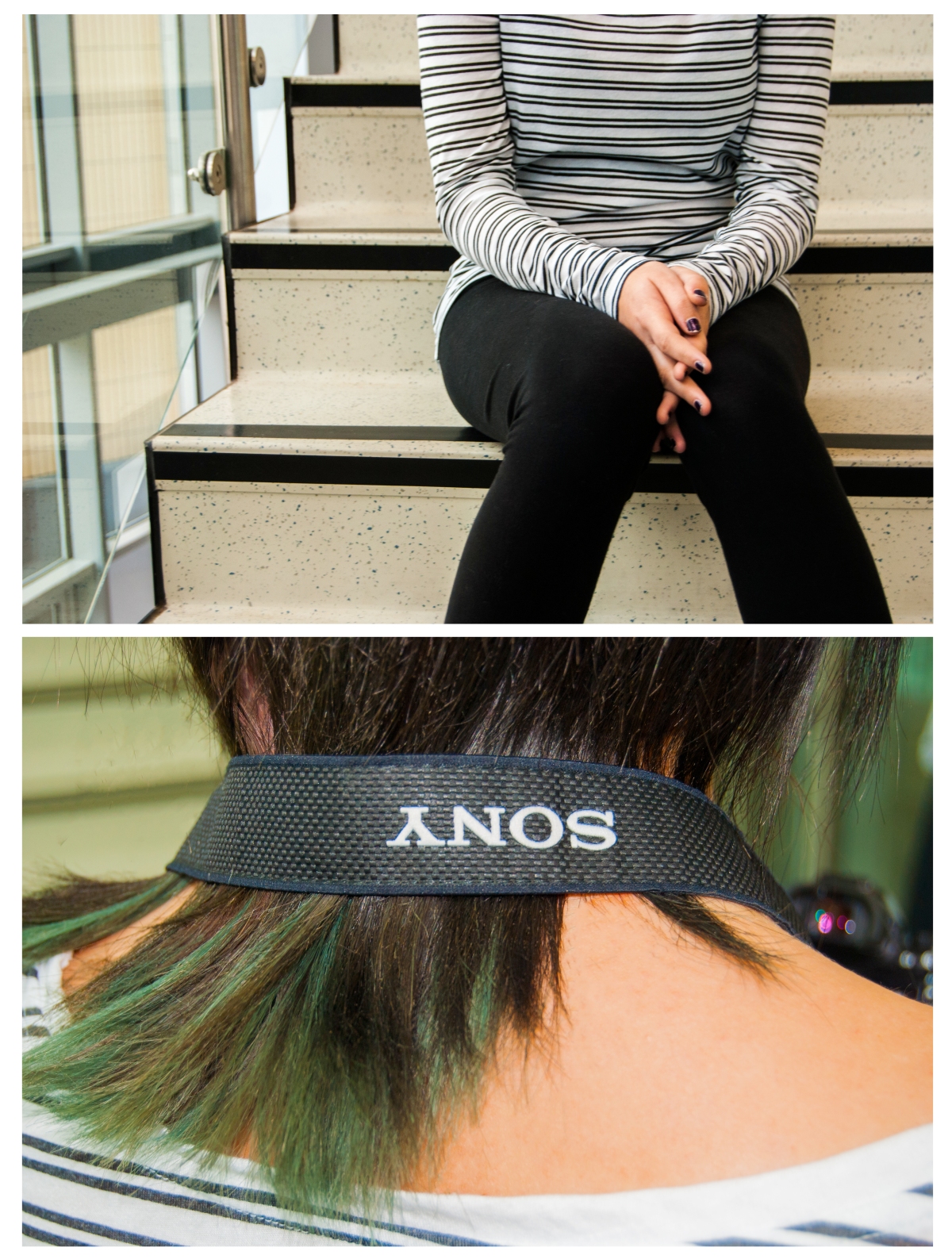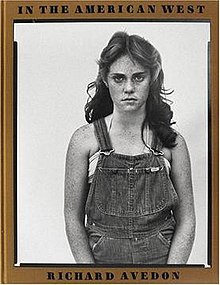For this project we have three weeks to put up an exhibition and take it down again whilst taking photos to make a narrative story. We need to create pages in our sketchbooks like normal and show our research and ideas growing.
What is narrative photography?
Narrative photography is where photographs (or a photograph) can be used to tell a story even if the story isn’t actually true. Many people believe that you must be able to do narrative photography if you want to be able to take exceptional photos. This is because you want people to be interested in it and be able to find a story within it.
Well known photographers who have done narrative photography:
>Robert Doisneau



Doisneau was around in the 1930’s and was mostly taking street photography with a Lieca camera. He won many awards for his photos throughout his life and his most famous photo was of a couple kissing in Paris in the 1950’s. His photos are narrative due to the stories he shows of the people on the street. When you look at his photos you can tell a lot about the people in them and what they are up to. He goes out onto the street to take narrative photos of people that are just out and about, giving us an idea of their stories and the way they’re living. This gave me some ideas for my images, showing me I could take them without being seen.
>Sebastiao Salgado



Salgado was a documentary photographer who traveled all over the world to take photos. He captured life as it really was in other countries and it normally wasn’t a pretty sight. Salgado got many rewards for his photos and even became an ambassador for UNICEF. These photos are narrative as they tell you about the people that live in those countries and that they are poor and/or suffering. He takes them by going around the countries and living within the people and capturing their everyday lives. He captures so many things in each picture, and I would like to do something similar within my photos. I want each one to tell their own part of the story. I would also like to travel round the room to take photos from all of the different parts.
>Henri Cartier-Bresson



Cartier-Bresson is a French photographer well known for his street photography. He’s well know for developing street photography and he also captured (or created) the decisive moment which is shown in his most famous photo of a person jumping off something into water, but his foot hasn’t met the water yet. He was also a painter, meaning he had a superb eye for photos and getting the correct angle. He also had knowledge of the rule of 3. His photos are narrative as they capture everyday life of people on the street without it being posed. He is capturing peoples lives which is a story on it’s own.
>Robert Capa



Capa was a very well known Hungarian war photographer and photo journalist. His war photographs were said to be some of the best, but sadly some of his most famous photos such as the falling soldier were said to be faked so that Capa didn’t have to go to the actual war ground. Sadly, Capa died out at war taking photographs. His photos are narrative as they capture the soldiers at war fighting, allowing people at home to witness it and so they knew how bad it actually was. Capa would’ve had to actually go to these war grounds to take the photographs. His photos tell us a deep story about the life of the soldiers who are fighting for their country and how it isn’t all happy.
>Don McCullin



McCullin is an English photojournalist mostly famous for his war photography. He first started taking photos in 1959 and is still taking them at the age of 80. His photos mostly showed the underside of society such as the poor, unemployed and less fortunate people. His work is narrative as it shows peoples lives and people at war so that people at home can witness the horrible side we wouldn’t normally be able to see. His photos tell the story of the less fortunate people in this world so that we don’t think that everything is happy go lucky. Just like the others, McCullin actually had to travel the world to take the narrative photos shown above.
>Steve McCurry



McCurry is an American photojournalist who traveled around taking photos of people in different countries. His most famous photo was of a 12 year old Afghan girl who had piecing green eyes and had a red headdress which was put on the front page of the Nation Geographic magazine. McCurry took photos of people who weren’t well off and his photos were mostly bright colours. His photos are narrative as they show peoples lives to others who normally wouldn’t have the chance to see it. He transports the story of these people over to places where they can easily be seen so that they can be known about. McCurry also travelled the world in order to take photos of people, however most people in his narrative photographs are posing for the camera.
>Tim Hetherington



Hetherington is an English photojournalist that did war photography. Sadly, he died in the 2011 Libyan civil war whilst taking photographs. He won many awards including the World Press photo of the year which he won in 2007. His photos are narrative as they give you the story of war and what the people go through whilst fighting for their country. He captures peoples lives and the suffering they go through because of the war. I don’t feel like I can incorporate this in my work, however you can tell what the people in the photo are doing from what they have, and I could show this in my photos.































































